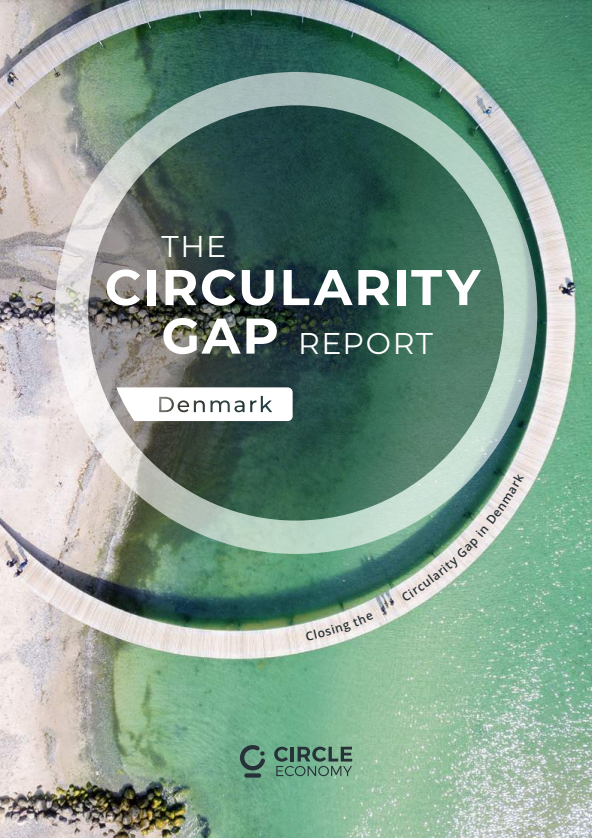Circular economy in Denmark
Find solutions, partners and learn more about circular business models, waste handling and circular construction in Denmark.
Circular EconomyNews
Circular building materials
Bio-based circular solutions
Biodiversity
+11


Find solutions, partners and learn more about circular business models, waste handling and circular construction in Denmark.
Circular EconomyThe planet we live on today has largely been shaped by a dominant linear economy. The extraction, transport, processing, use and disposal of materials to satisfy societal needs and wants has hugely contributed to the overshoot of many of the planetary boundaries that support life on this planet. Global material extraction and use heavily contributes to this overshoot, and has more than tripled since 1970 to 100 billion tonnes a year.
In this vein, Denmark’s Circularity Metric is 4%. This means that the vast majority of material inputs to the Danish economy come from virgin sources. While the 4% does not mean that the other 96% of the materials flowing through the Danish economy go to waste or are inherently ‘bad’, the number remains lower than the Circularity Metric for the global economy, measured at 7.2% in 2023.
These are amongst the findings in a new Circularity Gap Report seeking to create awareness of the need to transition to a circular economy in Denmark. With the new up-to-date status of Denmark’s circularity and the effect that consumption has on the environment, the report discusses new measures and pathways en route to a more circular economy.
According to the report, the circular path to reducing both consumption and extraction needs to focus on implementing technical solutions based on five recommendations on how Denmark can help tackle existing consumption patterns and remedy the root causes of climate change and environmental degradation, both at home and abroad.
1. Coordinate and collaborate to advance circularity: Leverage Denmark’s strong collaborative culture to explore circular initiatives and share knowledge, skills and resources among industries.
2. Ensure readiness for new circular economy requirements: Ensure Denmark is ready to meet new EU requirements for circularity by driving technological advancements, behavioural changes, new business models, circular products and the new skills required to facilitate these.
3. Create a fit-for-purpose policy framework that prioritises and facilitates smarter material use: Embed reductions in the material footprint, consumption-based emissions and waste into targets and national policy-making to drive change at the scale, scope and speed needed.
4. Support and encourage small and medium-sized enterprises (SMEs) on their circular journeys: SMEs make up a large share of Danish businesses and will be vital for driving the circular transition— but they will also face challenges in doing so. Ensure SMEs are given access to financing and skills development opportunities.
5. Measure, monitor and evaluate progress to capture the entire circular economy: Ensure a fit-for-purpose monitoring framework is developed that captures all aspects of the circular economy— not just cycling—and aligns this with existing environmental goals.

The Circularity Gap Report has been conducted by Circle Economy on the initiative by a line of Danish actors within the field consisting of the Danish Industry Foundation, the Danish Society of Engineers, the Confederation of Danish Industry, DTU Sustain at the Technical University of Denmark, the Danish Design Centre, and the Lifestyle & Design Cluster.
Read the full reportsolutions
Bio-based circular solutions
+4